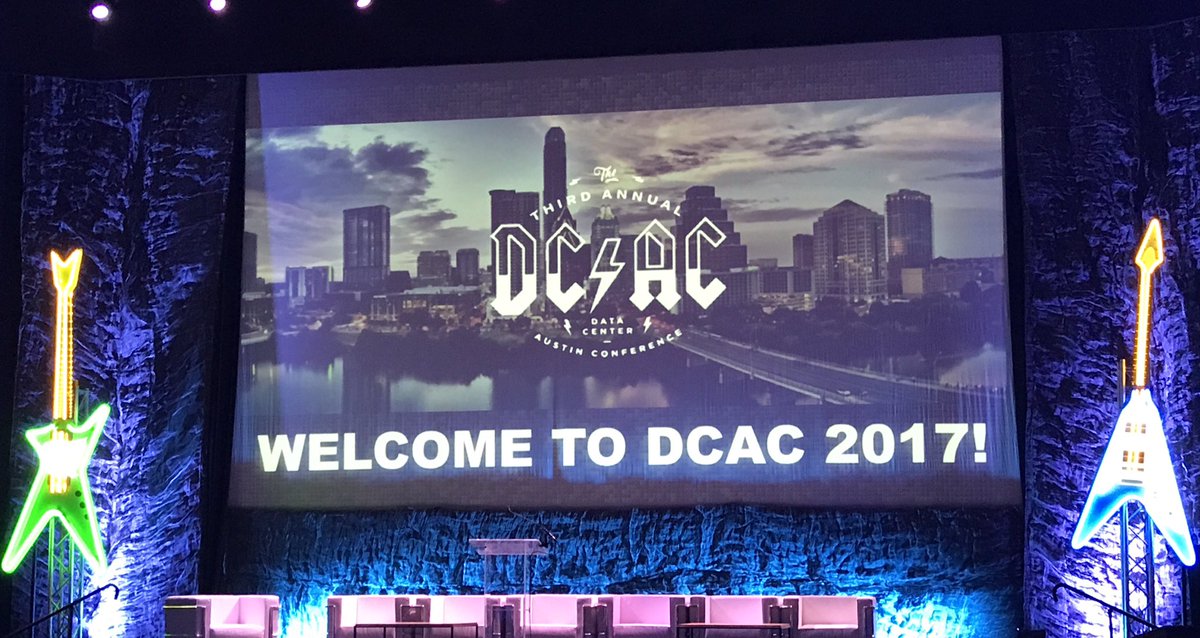Recently, RF Code was a sponsor of the Data Center Austin Conference (DCAC). In addition to being a very creative event, the goal of the conference is to identify the direction and future trends of the data center industry. Of the panel discussions offered (which were entirely comprised of end users), one that we found interesting and applicable to the work of RF Code dealt with sustainability within the data center industry.
The purpose of the panel was to discuss how to bridge the gap between the technology demands of data centers and efficiency goals. It’s a topic that certainly isn’t new to the staff that manages data centers, but hearing from the unique perspectives of the panel was refreshing. Its members were a mix of data center operators and representatives from energy companies, so it’s not a surprise that much of the discussion dealt with the application of green energy (hydropower, solar, wind, etc.) on data center power use and the current stress on the power grid that data centers are causing. Of course, it’s hard to argue against using alternative power sources to fuel data centers and I’d love to see more of it.
As the “green” discussion was ending, a panel member started a conversation on the importance of enhancing efficiency in current data center operations, a concept that I highly agree with. The discussion began with the phrase “If you don’t measure it, you can’t improve it!” In this context, the “it” refers to both power usage and efficiency measures. This is a subject that is at the core of RF Code.
Whether implementing new strategies to optimize your power usage, seeking to obtain greater control over operational costs, or simply needing better insight into your data center, the most impactful solution you can employ is the collection and analysis of real-time, automated, and granular information. While this may seem a basic concept, the definition of “real-time” certainly varies across companies (as anyone who has managed the uptime of a data center has discovered, there’s a massive difference between seconds and minutes when you need critical information).
In terms of data center sustainability, the use of data-driven solutions based on real-time information is the most efficient approach to reducing power usage and costs. Returning to the panel discussion, and receiving accurate and timely information is the first step to obtaining baseline measurements to devise strategies to lower power usage. Through this approach, operators can determine whether they need to address a variety of problems, such as: reducing cooling power consumption and eliminating overcooling, making changes to airflow to address hot spots and more efficiently managing aisle temperatures, or improving heat containment in high-density racks.
The benefits of real-time monitoring of data center conditions simply cannot be understated. Improving energy efficiency and increasing sustainability isn’t a one-time project. Operators always need to have the most updated data available so that they can make sound decisions and ultimately, improvements to their facilities. Additionally, the real-time information from these same monitoring tools also relays important information on a problem within the data center at its genesis, which provides critical time for the staff to find a solution before downtime can happen. In taking this approach, data centers can reduce operational costs while becoming better members of their ecosystems, which benefits all of us.



